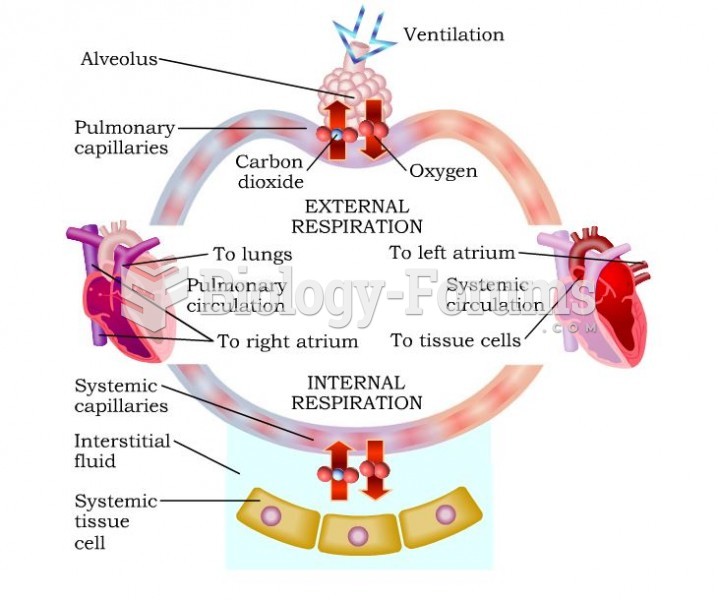This topic contains a solution. Click here to go to the answer
|
|
|
Did you know?
Oxytocin is recommended only for pregnancies that have a medical reason for inducing labor (such as eclampsia) and is not recommended for elective procedures or for making the birthing process more convenient.
Did you know?
Blood is approximately twice as thick as water because of the cells and other components found in it.
Did you know?
Green tea is able to stop the scent of garlic or onion from causing bad breath.
Did you know?
Methicillin-resistant Staphylococcus aureus or MRSA was discovered in 1961 in the United Kingdom. It if often referred to as a superbug. MRSA infections cause more deaths in the United States every year than AIDS.
Did you know?
Cytomegalovirus affects nearly the same amount of newborns every year as Down syndrome.








